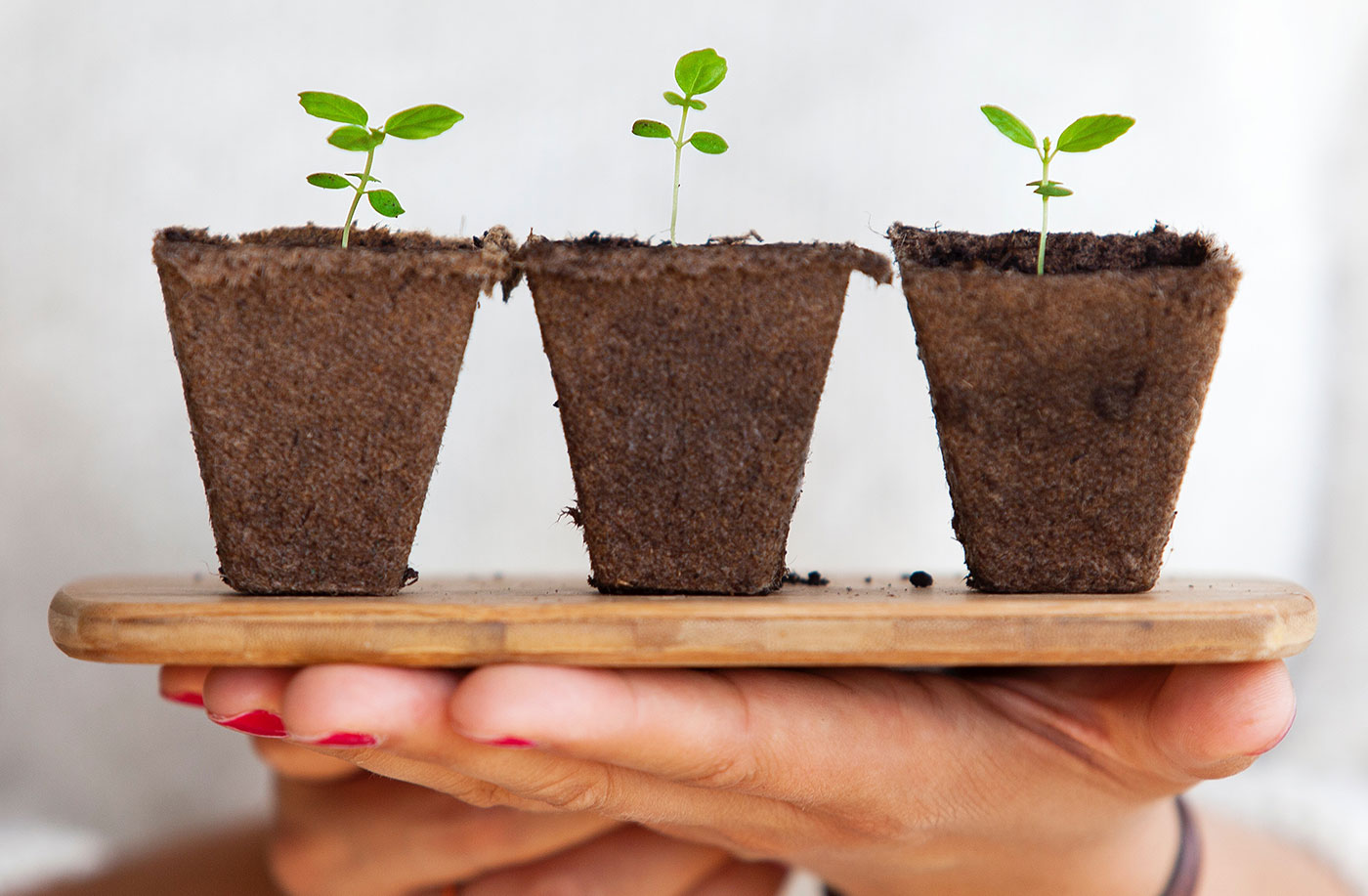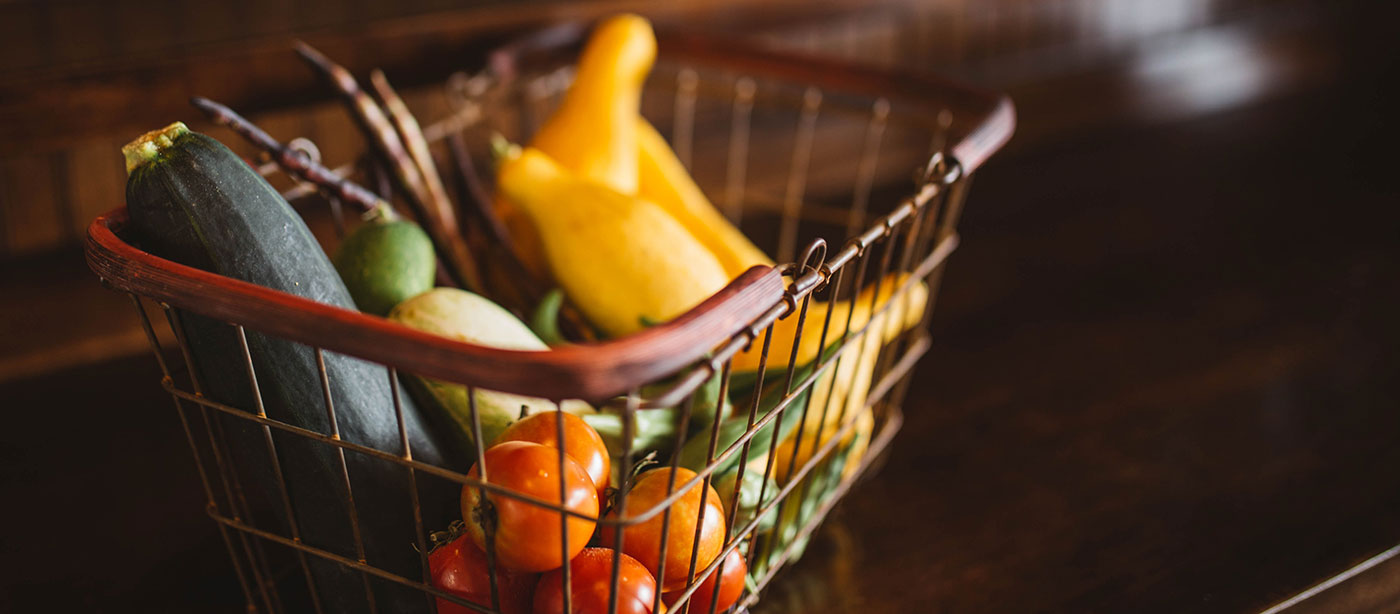A smart choice, if you know what you’re doing
Whether it’s for the unbeatable freshness of its produce, for the satisfaction of eating healthy food or to liven up your plate during the long winter season, the idea of having your own indoor garden is certainly an appealing one.
The advantages of taking on such a project are many. However, it does require a considerable investment in both time and money, which can quickly discourage beginner indoor gardeners.
There’s no need to get discouraged, as the juice is clearly worth the squeeze. Here’s why:
Having an indoor garden encourages an eco-friendly lifestyle that will quickly spread to other areas of your home and your day-to-day life. It is therefore an excellent way to get acquainted with the concept of self-sufficiency and sustainable development. Who knows, it may even have you considering eventually purchasing an eco-friendly home. For more details, read our article Save on insurance premiums with an eco-friendly home.

What are the required equipment and ideal conditions?
Not only will you reduce your environmental footprint and eat healthy food, but cooking the food you grow in your indoor garden will eventually help you cut down on your grocery bill. In order to do so, however, you will need a viable output, which involves using the right tools and horticultural techniques.
Your plants will require three to four hours of direct sunlight daily. It’s best to install your garden in a room bathed in sunlight coming from the south or the west. If this is not possible, you will have to use a horticultural neon which can provide a great deal of light without emitting heat that could harm the plants, or burn them outright. We recommend a bulb with a temperature ranging between 4,000 and 6,000 Kelvins. Its full-spectre light emits both cold and warm colours, thus imitating natural sunlight.
You will also have to keep an eye on air quality, which can vary greatly throughout the seasons. Winter brings with it the added challenges of heating and humidity. Most plants grow better between 18 and 24 °C. Even if your garden isn’t at Mother Nature’s mercy, you must keep in mind that plants take longer to grow indoors than outdoors without the imminent threat of frost. Keep your plants away from air vents and heaters to prevent them from drying out.
The equipment you’ll need varies according to the scope of your project. The basics remain high-quality soil, fertilizer, a thermometer, a hygrometer, Epsom salts, scissors, a long-necked watering can, a timer to turn the neon controlling your plant’s sleep cycle off and on, as well as a small fan to help the airflow around your plants and prevent parasite problems.
On top of enjoying fresh vegetables and mushrooms year-round in an environmentally friendly fashion, you’ll also be sprucing up your decor with a blooming indoor garden.
Once you’ve put together the best horticultural conditions, set up your indoor garden in an enchanting location. You can set it up in a small place, such as a windowsill, or dedicate a whole room to this purpose. Your indoor garden can take a number of shapes, including the impressive plant wall. To do so, you’re better off mixing business with pleasure by calling on the services and expertise of a good interior designer.

What are the right plants to grow?
Most indoor gardening setups are well suited to growing green vegetables, herbs and mushrooms such as shiitakes and oyster mushrooms. As for fruit-bearing plants, they tend not to grow as well indoors as they do outdoors. This is mostly due to pollination. Without exposure to bees or the wind, plants have a hard time producing fruit.
We recommend growing vegetables such as broccoli, Brussels sprouts, Swiss chard, endives, leeks, bok choy, radicchio and spinach. As for herbs, try basil, chamomile, chives, cilantro, dill, garlic, lavender, lemongrass, mint, oregano, rosemary, sage or thyme.
Key takeaways
- An indoor garden requires a considerable investment in both time and money, which can quickly discourage beginner indoor gardeners.
- On top of enjoying fresh vegetables and mushrooms year-round in an environmentally friendly fashion, you’ll also be sprucing up your decor with a blooming indoor garden.
- Most indoor gardening setups are well suited to growing green vegetables, herbs and mushrooms, but not fruit.

